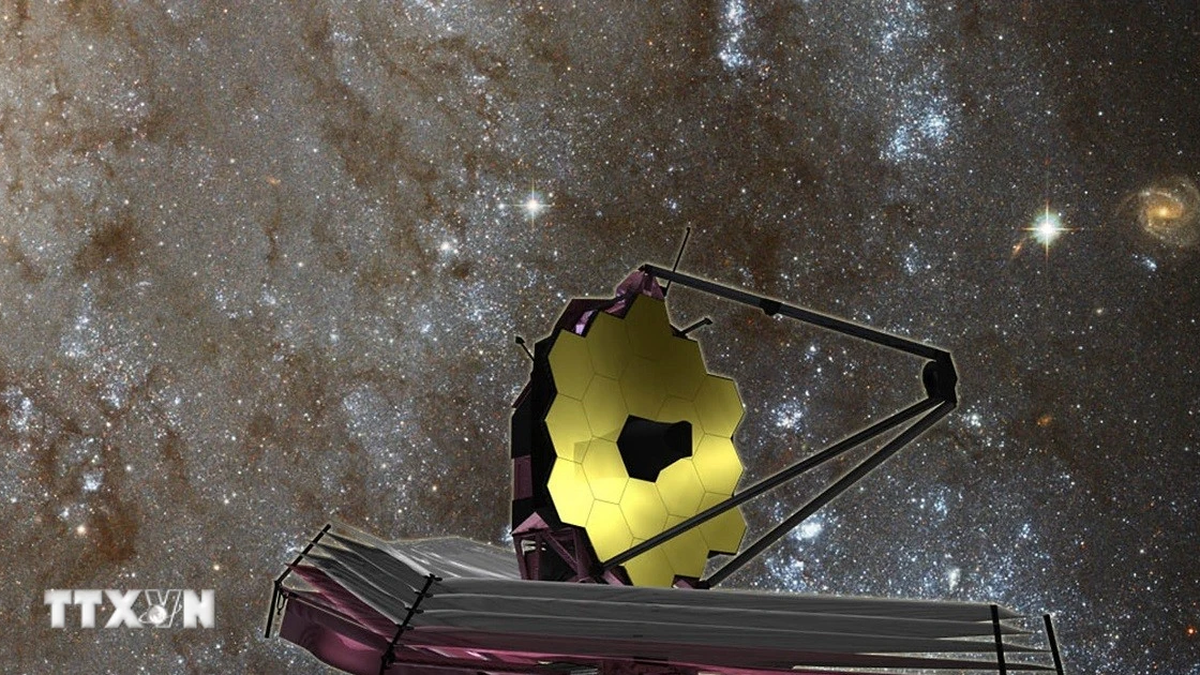The Parker Solar Probe mission is not only a step forward in space engineering, but also provides profound insights into the Sun.
On December 24, NASA's pioneering Parker Solar Probe made history by flying closer to the Sun than any other spacecraft thanks to its heat shield, which helps it avoid scorching temperatures of more than 930 degrees Celsius.
The spacecraft is likely to achieve the feat at 6:53 a.m. US time (6:53 p.m. the same day Vietnam time).
However, the exact time will be confirmed by scientists monitoring this mission on December 27 because they temporarily lost contact with the spacecraft for a few days when the device was close to the Sun.
At its closest approach to the Sun, the spacecraft traveled at 690,000km/h, making it the fastest spacecraft ever built.
According to NASA expert Joe Westlake, if the distance between the Sun and Earth is considered to be the length of an American football field, Parker will only be about 3.6m from the Sun at this time.
For his part, Parker Solar Probe scientist Arik Posner emphasized that the launch is a testament to NASA's bold missions to do what no other agency or organization has ever done before to find answers to age-old questions about the universe.
Launched in 2018, Parker Solar Probe flew through the corona — the outermost layer of the Sun's atmosphere that can only be seen during total solar eclipses.
Parker Solar Probe is designed to withstand the harshest conditions, so it can approach the Sun at a distance seven times greater than previous spacecraft.
The Parker Solar Probe mission is not only a step forward in space engineering, but also provides profound insights into the Sun, such as how the solar wind originates or why the corona is hundreds of times hotter than the surface of the Sun...
Source: https://nhandan.vn/tau-tham-do-parker-cua-nasa-lap-dau-moc-lich-su-post852418.html


































































































Comment (0)